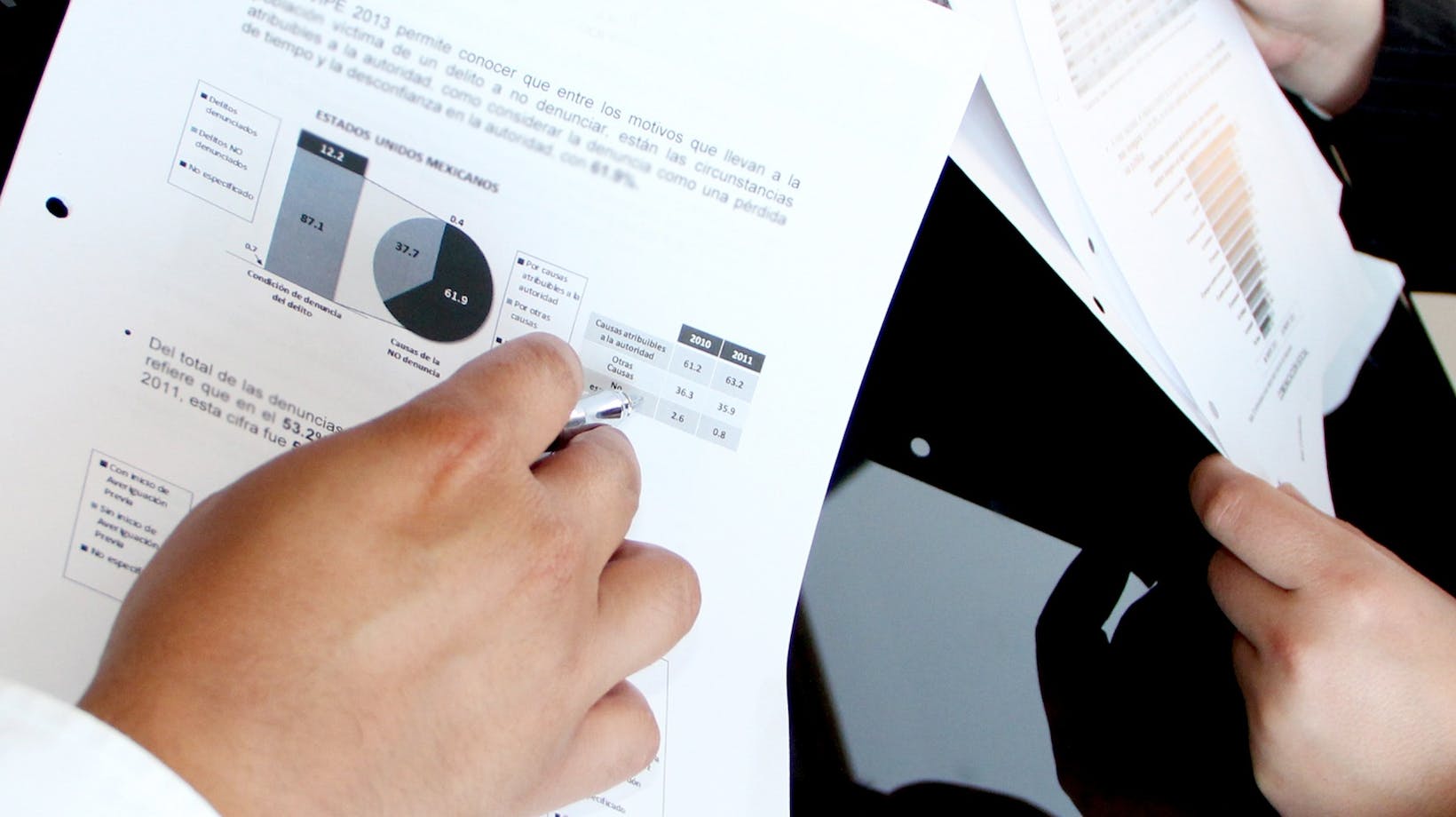For Documentation to Be Beneficial it Must Be
Clear and Concise
Clear and concise documentation is essential for it to be beneficial. It should convey information in a way that is easily understandable and avoids any confusion or ambiguity. By using simple language and avoiding unnecessary jargon, we can ensure that the readers can quickly grasp the information they need. Concise documentation also saves time and allows users to find relevant information more efficiently.
Well-Organized Structure
A well-organized structure is another crucial characteristic of beneficial documentation. It should be logically structured, with a clear hierarchy of headings and subheadings. This makes it easier for users to navigate through the document and find the specific information they are looking for. By using bullet points, numbered lists, and other formatting elements, we can further enhance the organization and readability of the documentation.
User-Oriented
Beneficial documentation should always be user-oriented. It should be written with the target audience in mind, considering their level of knowledge and expertise. By understanding the users’ needs and expectations, we can tailor the documentation to provide the most relevant and useful information. It’s also important to consider the different learning styles of users and incorporate various types of content, such as text, images, and videos, to cater to different preferences.
Updated and Relevant
To be beneficial, documentation must be kept up to date and provide relevant information. Outdated or inaccurate documentation can lead to confusion and frustration for users. Regularly reviewing and updating the content ensures that it remains accurate and reflects any changes or updates. Additionally, it’s important to include only the information that is relevant to the users’ needs, avoiding unnecessary clutter and ensuring that they can quickly find the information they require.
Accessible and Searchable
Beneficial documentation should be easily accessible and searchable. It should be available in a format that can be accessed by users across different devices and platforms. This includes using responsive design for online documentation and providing downloadable formats for offline use. Additionally, the documentation should have a robust search functionality that allows users to quickly find the information they need by searching for keywords or phrases.

Strategies for Creating Beneficial Documentation
Understand the Audience
When creating documentation, it is crucial to have a clear understanding of the target audience. By knowing who will be using the documentation, we can tailor the content to meet their specific needs and expectations. Consider their level of knowledge and expertise in the subject matter. Are they beginners or experienced users? Understanding their background will allow us to determine the appropriate level of detail and complexity in the documentation.
Define Specific Objectives
Before starting the documentation process, it is essential to define our specific objectives. What do we want to achieve with this documentation? Are we providing instructions, troubleshooting tips, or general information? Clearly defining our objectives will help us structure the content and ensure that it is focused and relevant. Having a clear purpose will also help our audience find the information they are looking for quickly and easily.
Choose the Right Format
The format of our documentation plays a significant role in its effectiveness. Consider the nature of the information and the preferences of the target audience. Will a step-by-step guide be more suitable, or would a FAQ format be better? Should it be a PDF document, a web page, or a video tutorial? Choosing the right format will enhance the usability and accessibility of the documentation.
Use Appropriate Tools and Templates
To create documentation efficiently and consistently, it is important to use the right tools and templates. Utilizing tools specifically designed for documentation, such as content management systems or documentation software, can streamline the process and improve productivity. Templates can provide a consistent structure and formatting, making it easier for users to navigate and understand the information. By using appropriate tools and templates, we can ensure that our documentation is professional and well-organized.
Write in Plain Language
The language we use in our documentation is critical to its effectiveness. We should strive to write in plain and simple language that is easy for our audience to understand. Avoid unnecessary jargon, technical terms, and acronyms unless they are essential for clarity. Using clear and concise language will make our documentation more accessible and user-friendly. It is also important to use active voice and provide clear instructions to help users achieve their desired outcomes.


